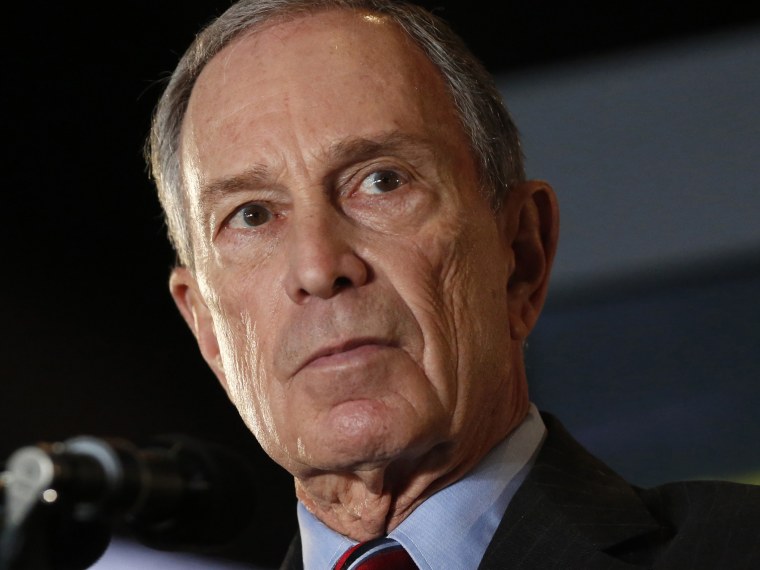Today is the 49th anniversary of the Civil Rights Act. Signed into law by President Lyndon B. Johnson, the 1964 Act was a seminal piece of anti-discrimination legislation and paved the way for the 1965 Voting Rights Act. But much of the institutional racism quelled by the Civil Rights Act some 50 years ago has resurfaced in a different form.
The popular law enforcement practice of racial profiling is a lingering stain on America’s legacy of discrimination. Racial profiling has been identified by civil rights and legal organizations as unmistakably prejudicial in nature. The newest confirmation of the practice as unlawful comes from The Department of Justice’s recent findings of a two-year study tracking the policies of two police forces in desert cities north of Los Angeles. "The division today released a letter detailing its findings that Los Angeles County Sheriff’s Department’s (LASD) Lancaster and Palmdale stations, both of which are located in the Antelope Valley, engaged in a pattern or practice of stops, searches, and seizures and excessive force in violation of the Constitution and federal law,” the report stated.
The investigation, conducted by officials at the DoJ, found that African-Americans and Latinos were “more likely to be stopped and/or searched than whites” and a “pattern of unreasonable force including a pattern of the use of force against handcuffed individuals.” This conclusion comes despite the fact that DoJ took up only one of 180 misconduct complaints made by residents over a one-year period, according to the Los Angeles Times. A deluge of other offenses was reported.
A blueprint to address the grievances was agreed upon by the DoJ and the LASD to include special training that focuses on how “bias may occur in law enforcement” and increased interaction between community members and authorities.
Discriminatory policing is not an isolated problem. In New York City, close to 90% of those stopped-and-frisked, as part of the NYPD’s program, are African-American and Latino. But the ACLU says the practice, which has come under increased scrutiny recently, yields only a 0.2% success rate in recovering weapons.
On Friday, New York City Mayor Michael Bloomberg defended race-based policing on his radio show: “I think we disproportionately stop whites too much and minorities too little.” The recognition of sinister practices in Antelope Valley by the DoJ and the outrage over the mayor’s comments shows that, after 50 years, there's still work left to be done to reduce institutional racism.
